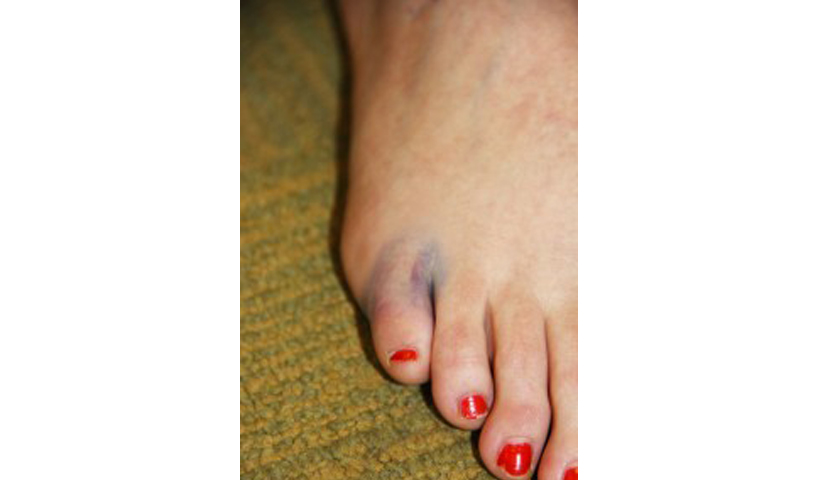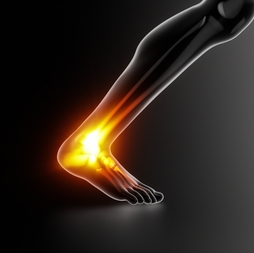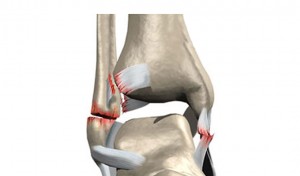 Your feet hold you up, help you move, and keep you grounded. Such major responsibilities make them vulnerable to problems. Conditions like diabetic neuropathy and peripheral neuropathy can put your feet at an even higher risk, since the loss of sensation can lead to serious complications. The experts at Country Foot Care can help you to better understand the causes and treatments of these conditions as well as assist you in managing the problem so that you can live a full and active life.
Your feet hold you up, help you move, and keep you grounded. Such major responsibilities make them vulnerable to problems. Conditions like diabetic neuropathy and peripheral neuropathy can put your feet at an even higher risk, since the loss of sensation can lead to serious complications. The experts at Country Foot Care can help you to better understand the causes and treatments of these conditions as well as assist you in managing the problem so that you can live a full and active life.
The Dangers of Diabetic Neuropathy
When you have diabetes, high blood sugar levels can damage the nerves in your body, including your feet and lower legs. When this happens, the loss of sensation can become a dangerous concern. You may not feel an injury to your foot, and since poor circulation is associated with diabetes, the healing of that unnoticed wound is prolonged. Ultimately, the wound can become infected and lead to the possibility of amputation. The longer you have diabetes, the more likely you are to suffer from neuropathy, especially if you have struggled to keep blood sugar levels in control.
Signs of Peripheral Neuropathy
Diabetic Neuropathy symptoms typically develop gradually and include numbness and reduced ability to feel pain or changes in temperature. You may also experience a tingling or burning sensation and a sharp, jabbing pain that worsens at night. A heightened sensitivity to touch, as well as muscle weakness and difficulty walking, can also be indicators of the condition. Advanced periperhal neuropathy can lead to foot ulcers and severe bone-related deformities, as well as bone and joint issues causing increased pain.
Prevention, Treatment, and Relief
Peripheral neuropathy can improve by treating and managing the underlying diabetic condition. A few lifestyle changes can go a long way toward slowing the progression of this condition, as well as alleviating the pain and problems associated with it. Refraining from smoking, avoiding alcohol, exercising regularly (walking each day is a safe choice), and eating a healthy, nutritious diet rich in vitamin B-12 can all aid in minimizing symptoms. You must work hard at keeping you glucose levels in check, too, and be sure to look over your feet every day for any unusual changes, including blisters, cuts, sores, red or dry patches, or temperature changes. Any suspicious findings should be evaluated immediately.
If you are diabetic and believe you are experiencing symptoms associated with peripheral neuropathy, the first step is to be examined and evaluated. Country Foot Care can help determine the severity of your situation and get you on the right path to treating and managing your condition. You can make an appointment online using the MAKE AN APPOINTMENT button in the upper right corner of this page or by contacting our offices directly via phone.




